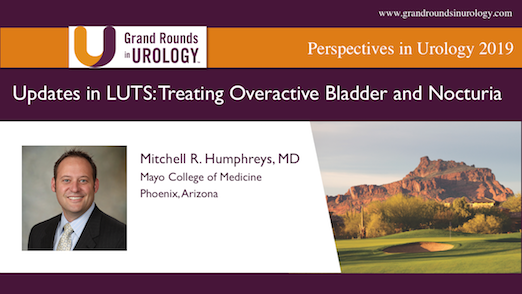In 2002, the International Continence Society (ICS) defined nocturia as “waking up at night at least once to void,” however, clinically relevant nocturia is generally accepted among urologists to indicate two or more voids that are preceded and followed by sleep. Neither definition accounts for the patient’s degree of bother from nocturia, though waking twice or more from sleep to void has been associated with impaired quality of life. The economic burden of nocturia is substantial and includes injuries from falls, lost work productivity, and intangible losses such as distress, behavior changes, and confinements. The estimated financial impact is considerable, as indirect costs have been estimated in the tens of billions per year. There remain many unmet needs in the treatment of nocturia. It is arguably the most bothersome lower urinary tract symptom and necessarily imposes a considerable burden on quality of life. The often-multifactorial etiologies contributing to nocturia obscure the establishment of a reliable diagnosis.
As urologists, we focus on the genitourinary system and perhaps too often overlook the reality that nocturia may, in fact, be a pelvic expression of a holistic medical problem. The various types of nocturia (global, nocturnal polyuria, reduced bladder capacity, mixed) further cloud treatment options. We often fail to recognize nocturia as a unique disease or symptom complex requiring special concern and judicious evaluation. While there have been some hopeful advances in recent years, there continues to be a gaping need for more funded research on the management of nocturia. This Next Generation Nocturia Learning Center will aim to close the learning gaps and improve the knowledge deficits of through interactive, diverse, continuing educational content.








